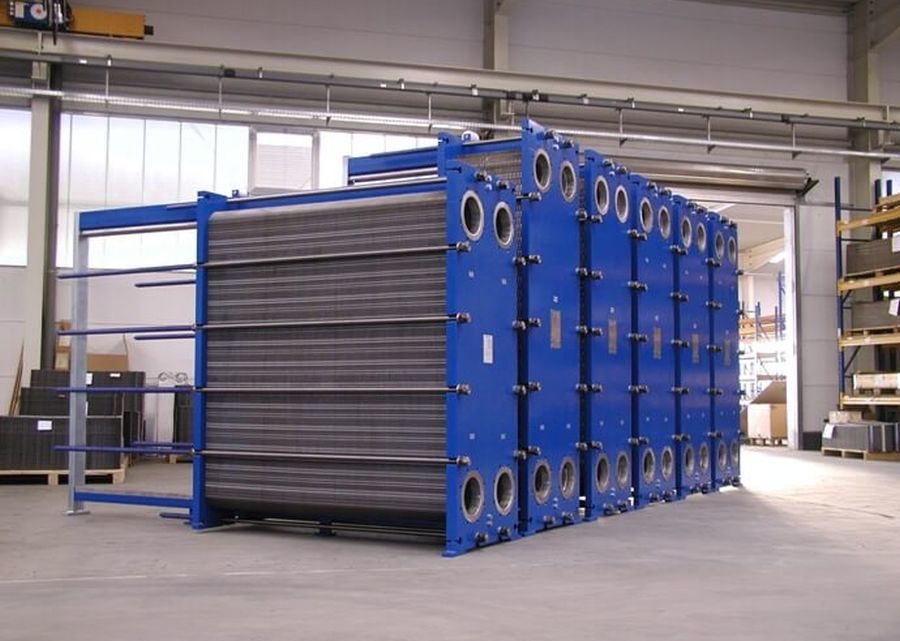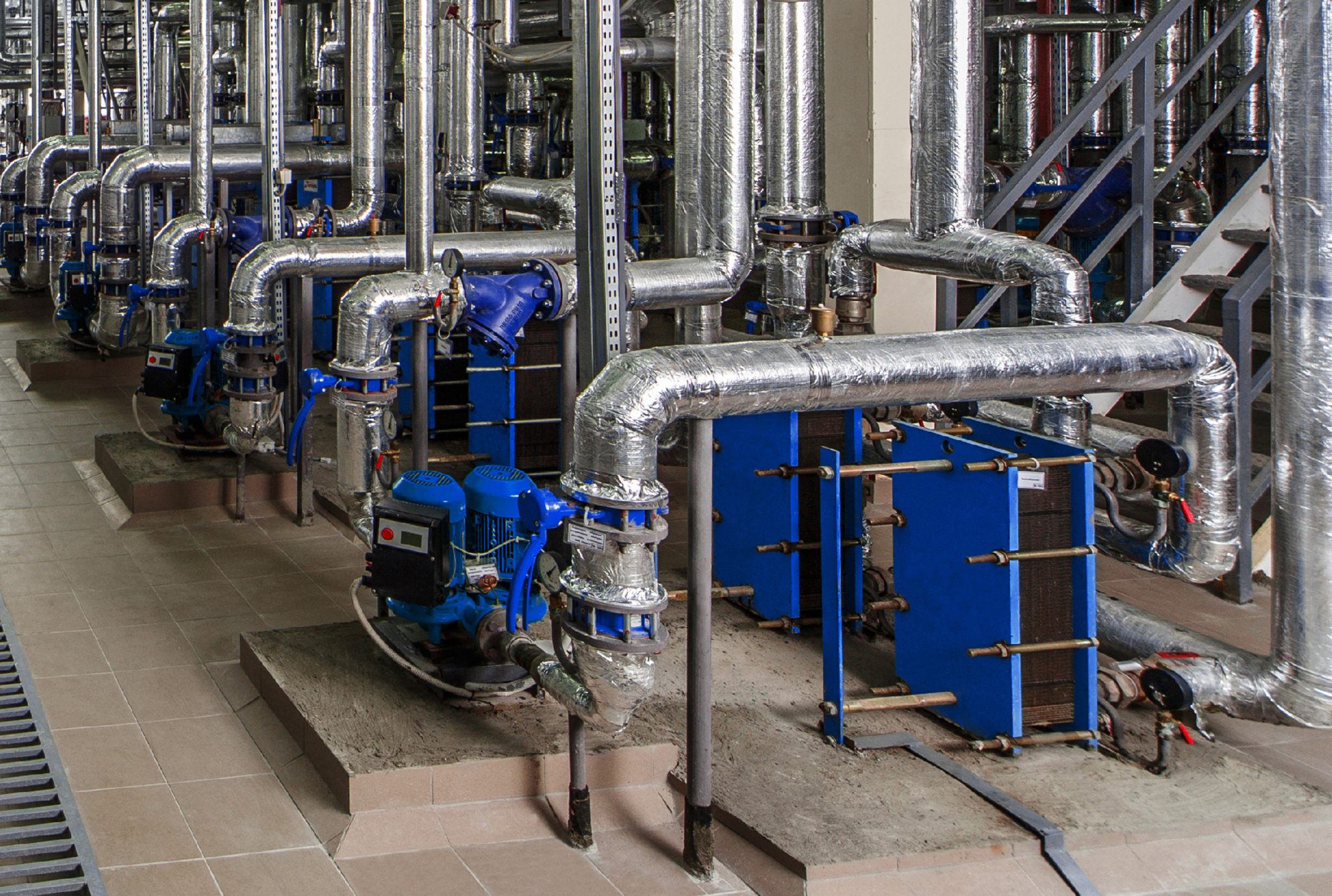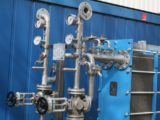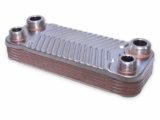
How Does Industrial Plate Heat Exchangers Work?
October 6, 2019Efficiently using renewable energy technologies does not mean we only have to focus on the wind, water or sun that the planet receives on a daily basis. Using everything we can to renew energy will help reduce our collective carbon footprint on the environment, and that also includes a huge amount of heat that we lose every single day.
Heat recovery systems work by drawing energy from all that valuable warm water or air we release every single day, whether it’s from the heating system in our homes or from the commercial or industry boilers we use to heat up larger facilities. Industrial plate heat exchanger definitely has its benefits, but before buying you should probably understand how they really work. In this article, we are going to answer all the questions you have about the way the plates recover energy and all the benefits you can get out of them.
What is a plate heat exchanger?

Img source: geurtsheatexchangers.com
The idea behind a heat exchanger is using pipes or other similar containment vessels to cool or heat one fluid by transferring the to another fluid. In most cases, the exchanger usually consists of an oiled pipe that contains one fluid and passes through a chamber that contains some other fluid. The walls of the pipe must be made out of metal, or another substance that has high thermal conductivity, to make the heat exchange easier, wears the outer casing of the chamber is usually made from plastic and coated with some kind of thermal insulation, so any excess heat does not escape from the exchanger.
Most of the heat exchangers that are used in industry are tube and shell, air-cooled or frame and plate. Typically, frame and plate heat exchangers are usually used for liquid-liquid exchange that is at low to medium pressures. However, gasket-free frame and plate heat exchangers can safely operate at high pressures and temperatures. Frame and plate heat exchangers offer a lot of flexibility because plates can be added or compress anytime for a different type of situation.
If you are interested in industrial heat exchangers, we recommend that you check out https://exodraft-heatrecovery.com.

Img source: process-heating.com
These types of heat exchangers are usually made out of corrugated plates on a frame. This design can create high wall shear stress and high turbulence, both of which can lead to high fouling resistance and high heat transfer coefficient. Fluids are continuously traveling within the heat exchanger. The two streams of fluid flow counter currently. The cold fluid flows up one plate while the hotter fluid flows down the other plate.
Gaskets make sure that the cold fluid and the hot fluid never mix. Alternatives to the traditional gasket seal include laser welding and brazing.
The plates must be stacked in an alternating manner to cause that counter-current flow. Up to several plates can clamber together and then are sealed at the edges. This design allows for the two hot and cold fluid to flow in alternate directions and never getting mixed. However, the heat is transferred from one medium to the other through these metal plates.


